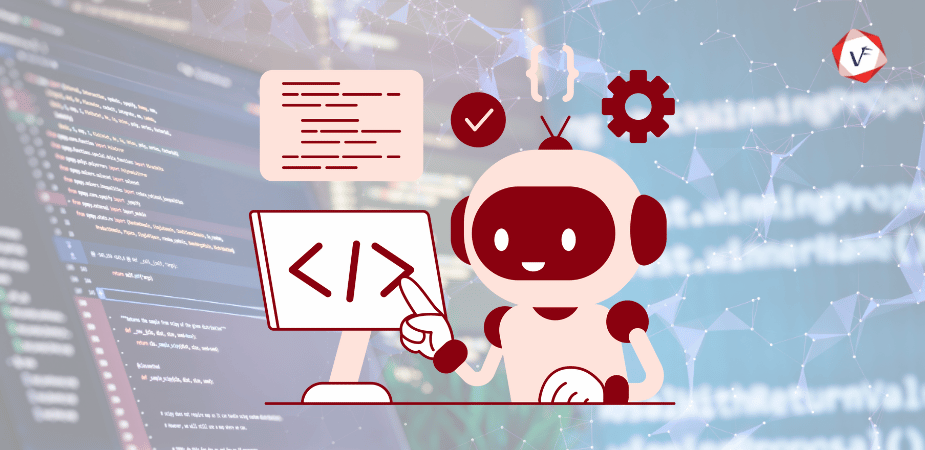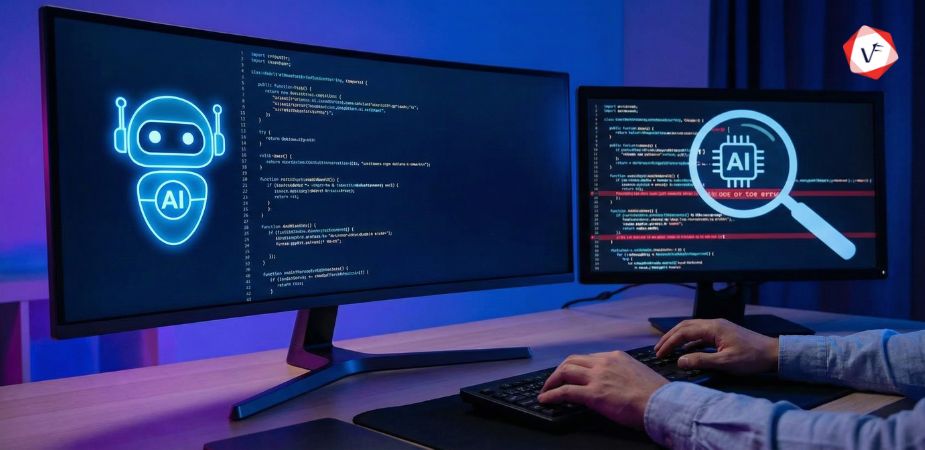Quick summary
AI plus no-code platforms let non-developers build intelligent tools—chatbots, automations, classifiers—using visual builders and prebuilt AI modules, making development faster and cheaper for most SME use cases.
Start by identifying a clear problem, pick a no-code AI platform, prepare clean data, train or configure the AI components, deploy, and monitor for improvements.
Understanding No-Code Technology
No-code platforms replace manual coding with visual building blocks that users drag, configure, and connect to compose apps and automations.These tools range from simple site builders to robust automation platforms that integrate multiple services without writing code.The real value is faster delivery and lower cost—especially for teams with limited engineering resources.
How AI Enters the No-Code Scene
AI performs tasks that normally need human intelligence—language understanding, image recognition, predictions—and no-code platforms now ship with these AI capabilities built-in.
Common built-in AI components include image/speech recognition, natural language understanding, sentiment analysis, and automated decisioning flows that can be configured visually.
Platforms let users upload labelled data and train simple models via an interface while the platform handles pipelines, model versioning, and hosting.
Why AI and No-Code Make a Powerful Combination
- Democratizing technology
No-code removes technical barriers so domain experts and entrepreneurs can build AI solutions without relying on scarce developer resources.
- Speed and agility
Visual builders and prebuilt AI components speed up experimentation—iterate quickly, test ideas, and refine models without long development cycles.
- Cost-effective solutions
No-code solutions reduce setup and maintenance costs, making AI accessible to startups, nonprofits, and small businesses.
- Tailored and flexible tools
Many platforms support custom training using your own data, enabling models that are tailored to your inventory, customers, or use cases.
Real-World Examples of AI + No-Code in Action
Customer support chatbots: Build chatbots that use NLU to answer questions and route complex queries to humans, lowering support costs.
Marketing automation: Use AI to analyze customer data and trigger personalized messages through no-code workflow builders.
Data classification: Upload datasets and let visual AI builders categorize or tag data automatically, saving hours of manual work.
Image recognition: Creators can train models to detect items, defects, or visual attributes without writing code—a big win in retail, manufacturing, and healthcare.
Getting Started: Building Your Own AI-Powered Tools Without Coding
Step 1: Identify a problem- Choose a repetitive task or customer interaction that would benefit from automation or AI judgment.
Step 2: Choose a platform- Pick a no-code tool with the AI features you need, good docs, and integration options (examples: workflow automation tools, chatbot builders, or visual ML trainers).
Step 3: Prepare data– Clean, label, and structure the data that your AI model will learn from. Good data is the foundation of useful AI.
Step 4: Build and train- Use the visual interface to assemble flows, train models, or author bot responses. Test often and iterate to improve results.
Step 5: Deploy and monitor- Launch the tool, track performance, collect feedback, and refine the model or flows as you go.
Challenges and Considerations
- Limited customization: No-code platforms may not support deep, bespoke model customization available in full-code projects.
- Data privacy: Be careful when handling personal or sensitive data—select platforms that comply with regional regulations like GDPR or local privacy laws.
- Performance constraints: For massive datasets or very low-latency needs, no-code platforms can be less suitable than custom solutions.
- Platform dependency: Using a provider ties you to its roadmap and limits migration flexibility—plan for exit strategies where needed.
The Future of AI and No-Code
Expect no-code AI to become more powerful and easier to use—platforms will offer richer prebuilt components, better model explainability, and deeper collaboration between technical and non-technical teams.
Adoption will likely grow across education, healthcare, marketing, and more as tools become more capable and trustworthy.
Final Thoughts
AI no longer belongs exclusively to programmers. No-code platforms open a low-friction path for innovators to build smart tools quickly and affordably, shifting the barrier from technical skills to problem selection and data quality.
If you’ve been waiting to try AI development, start with a small, well-defined problem, use a no-code platform to build an experiment, and iterate from there.
Frequently asked questions
Q: Do no-code AI solutions require large datasets?
No—some no-code tasks (like basic NLU routing or simple image classification) work with modest datasets, but larger datasets usually produce better accuracy. Use data augmentation or transfer learning options when available.
Q: Are no-code AI tools secure?
They can be, but security depends on the chosen platform and how you configure data handling. Prefer vendors with clear compliance certifications and encryption options for sensitive data.
Q: Can I export models from no-code platforms?
Some platforms allow model export or API access, while others keep models hosted. If portability matters, check export and API options before committing.





